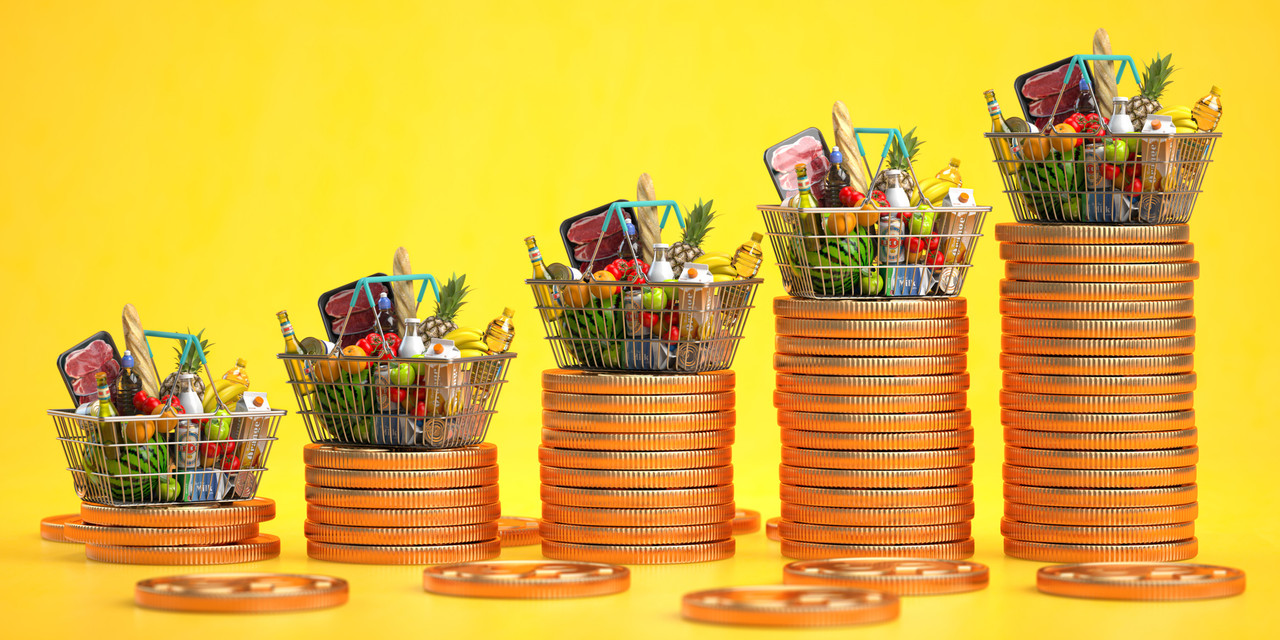With growth of 7% over 2021, GDP--after a decrease of 1.8% over 2020--should see its increase slow down to a stable 3.5% growth. Statec appears optimistic for the coming year in general, predicting a stable positive growth in the employment sector as well.
Luxembourg survived the crisis and % in October 2021, close to pre-pandemic levels. With a growth of 3% in the employment rate of the grand duchy over 2021 and 2022, the number of active people in unemployment should go down further to reach 5.2%.
But this could well be impacted by covid-19 infection numbers. With the hotel and catering sectors most affected by the lockdown and restrictions over the past two years, further restrictions could bring down the GPD of the country and boost unemployment rates. This is even more so the case for southern European countries, which, Statec said, rely heavily on the tourism sector for their economy.
Public expenses throughout the pandemic have been high due to support measures and aid, and should over this year (+2%) and the coming year (+4%) slow down. “On the other hand, the rise in inflation, in particular by approaching the wage indexation deadlines, will stimulate spending.”
In Luxembourg, inflation climbed to 3.6%--less than the 4.1% European average-- though it should go back due to what the Statec describes as “a slowdown in the upward impact of energy prices”. Persistent bottlenecks in supply chains were also blamed for the increase. However, inflation both in 2021 and 2022 should only climb by 2.5%.
In terms of energy, adverse weather conditions impacted the use of renewable energies like windmills; however, solar panels saw an increased production of 37%. Though the grand duchy’s population used 5% more electricity over the first eight months of 2021, and the industry returned to near full use, the late rise in sales of fuel can explain the stagnation of greenhouse gas emissions counted over 2021.
